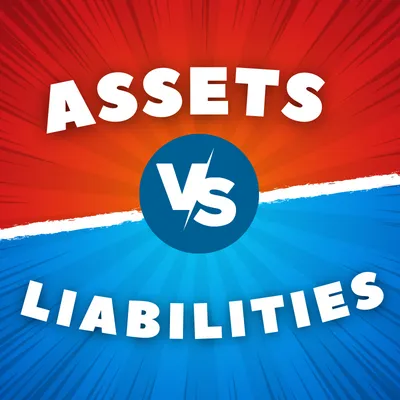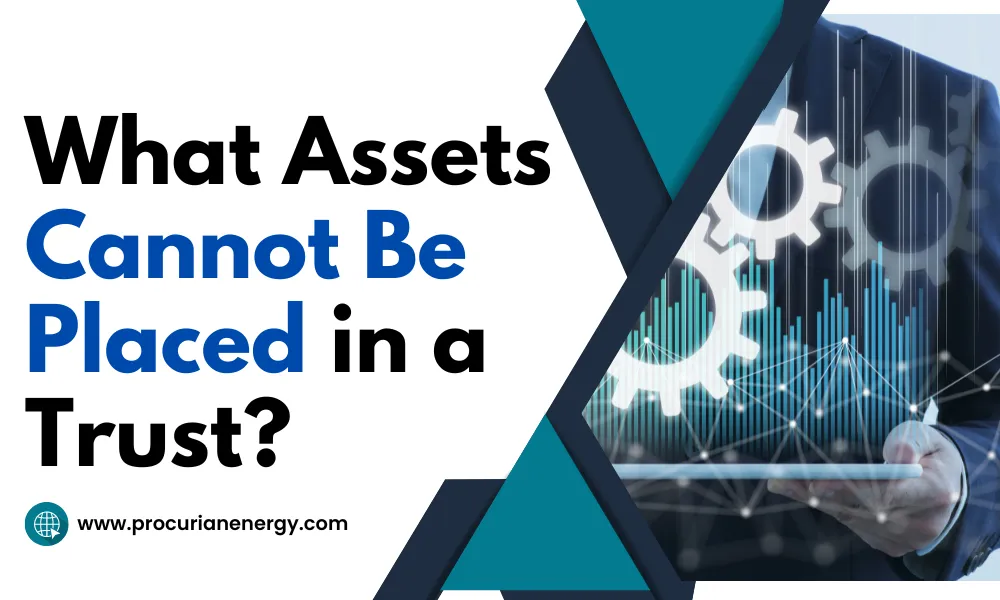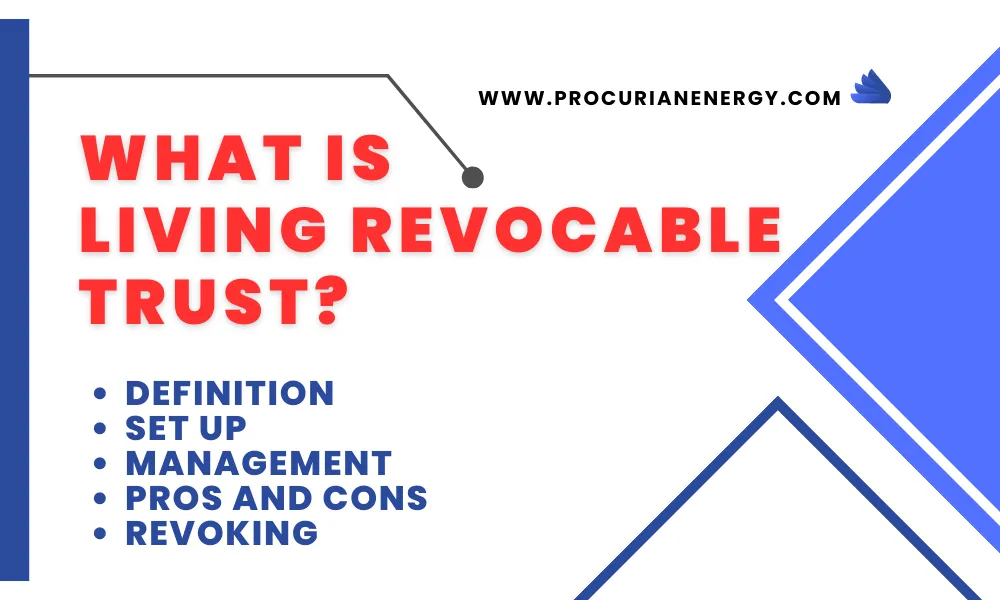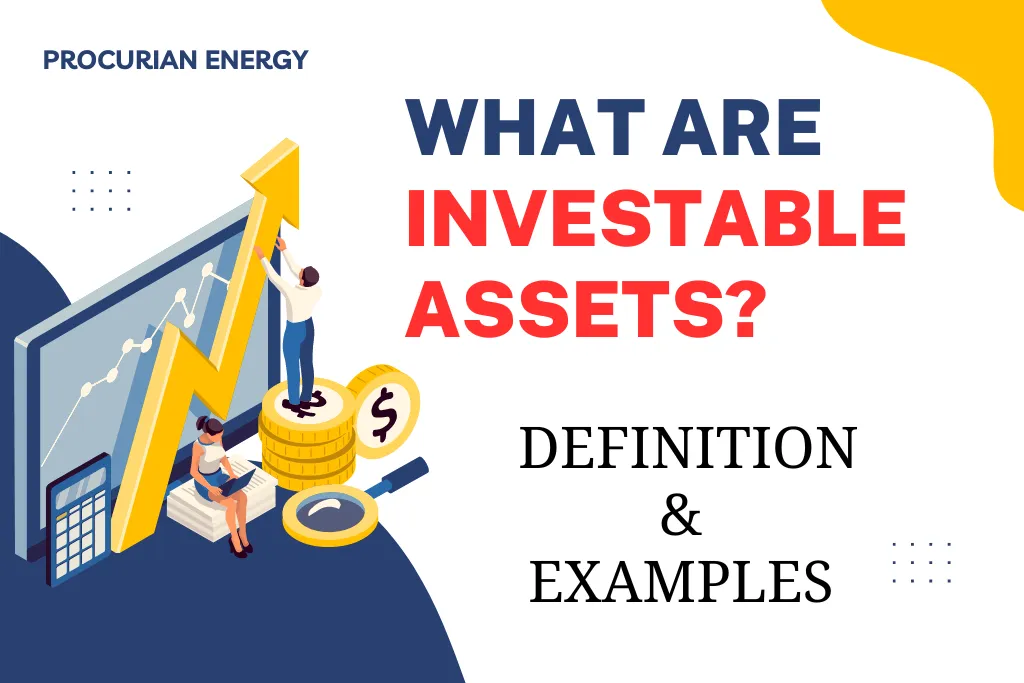Is Inventory An Asset or Liability? Inventory plays a vital role in the operations of businesses across various industries. It represents the goods and materials a company holds in stock, either in raw, work-in-progress or finished form.
However, there is ongoing debate about whether inventory is an asset or a liability.
In this blog, we will delve into this topic, exploring the characteristics of assets and liabilities and examining the different perspectives surrounding inventory.
Understanding Assets and Liabilities

It is necessary to understand the concepts of assets and liabilities before moving forward.
Assets are resources owned by a firm that have monetary value and may be utilized to generate future benefits.
It includes both:
- tangible assets such as buildings and machinery and
- intangible assets like as patents and trademarks.
Liabilities are duties or debts owed by a company that frequently require future payments or actions.
Assets Vs Liabilities
| Assets | Liabilities | |
|---|---|---|
| Meaning | Assets are economic resources owned by a company or individual, which are expected to provide future benefits. | Liabilities are obligations or debts owed by a company or individual to another party. |
| Examples | Cash, property, equipment, inventory, investments. | Loans, accounts payable, mortgages, bonds. |
| Ownership | Assets are owned by the company or individual. | Liabilities are owed to external parties. |
| Placement on Balance Sheet | Assets are typically listed on the left side of the balance sheet. | Liabilities are typically listed on the right side of the balance sheet. |
| Nature | Assets represent the value or potential economic benefit to the owner. | Liabilities represent the amount owed to creditors or other entities. |
| Classification | Assets can be classified as current (short-term) or non-current (long-term). | Liabilities can be classified as current (short-term) or non-current (long-term). |
| Impact on Net Worth | Assets increase net worth when they increase in value. | Liabilities decrease net worth and can be detrimental if they exceed assets. |
| Risk | Assets carry risks such as depreciation, market fluctuations, or obsolescence. | Liabilities carry risks such as interest payments, default risk, or financial strain. |
| Role in Financial Analysis | Assets are analyzed to determine the financial health and value of a company. | Liabilities are assessed to evaluate a company’s debt burden and repayment capacity. |
Inventory as an Asset
Inventory is typically considered an asset on a company’s balance sheet. It represents the goods or materials that a company holds for sale, production or consumption as part of its normal business operations.
Inventory can include raw materials, work-in-progress (partially completed products) and finished goods.
As an asset, inventory has value and contributes to a company’s overall worth.
It is classed as a current asset because it is projected to be turned into cash or sold within a relatively short period of time, often one year or the business’s operating cycle, whichever is longer.
Also See: Top 25 Money Making Agricultural Business Ideas
The value of inventory is recorded on the balance sheet at its cost or net realizable value, whichever is lower.
The cost includes:
- The purchase price.
- Any direct charges necessary to get the inventory to its present location and condition (such as shipping or manufacturing costs).
- Any indirect costs directly associated with the acquisition or manufacture of the inventory (such as overhead costs).
When the inventory is sold, its cost is transferred to the cost of goods sold (COGS) category on the income statement, reducing the inventory value.
Note: The difference between the selling price and the cost of the inventory represents the gross profit.
It’s important to manage inventory effectively to optimize the balance between having enough stock to meet customer demand and avoiding excessive holding costs and the risk of obsolescence.
Companies often use inventory management techniques, such as just-in-time (JIT) inventory systems or economic order quantity (EOQ) models to control inventory levels and minimize associated costs.
Inventory as a Liability?
While inventory is not classified as a liability, it can have an impact on a company’s liabilities in certain situations.
For example, if a company has excess or obsolete inventory that is unlikely to be sold, the inventory’s value may need to be written down and a loss reported.
This write-down has the potential to lower the company’s assets and, as a result, its equity. The write-down, however, does not turn the inventory into a liability.
It should be noted that the categorization of assets and liabilities might alter depending on the unique accounting standards and rules adopted by a firm or in various countries.
However, inventory is often classified as an asset under generally accepted accounting standards (GAAP).
Accounting Treatment of Inventory
The accounting treatment of inventory is essential for proper financial reporting.
Companies employ different methods to value their inventory, including:
- First-In,
- First-Out (FIFO),
- Last-In,
- First-Out (LIFO), and
- Weighted average cost methods.
These methods have implications for a company’s balance sheet, income statement and overall financial health.
FIFO assumes that the first items purchased are the first ones sold, while LIFO assumes the opposite.
The weighted average cost method calculates the average cost of all units in stock.
The choice of inventory valuation method impacts key financial ratios such as gross profit margin and inventory turnover, which provide insights into a company’s profitability and efficiency.
Importance of Effective Inventory Management
Regardless of whether inventory is considered an asset or a liability, effective inventory management is crucial for businesses.
Efficient inventory management ensures that companies have optimal stock levels to meet customer demand while minimizing carrying costs and potential losses.
Here are a few strategies to achieve effective inventory management:
- Forecasting demand – Accurate demand forecasting enables businesses to align their inventory levels with expected customer needs, reducing the risk of overstocking or stockouts.
- Just-in-Time (JIT) inventory systems – Implementing JIT systems allows companies to receive inventory only when needed, minimizing storage costs and the risk of obsolete inventory.
- Monitoring inventory turnover – Regularly analyzing inventory turnover ratios helps identify slow-moving or obsolete items, allowing companies to take corrective action promptly.
FAQs
Is inventory an asset?
Yes, inventory is considered a current asset as it represents goods or products that a company expects to sell within one year or its operating cycle, whichever is longer.
Is inventory an asset or expense?
Inventory is considered an asset because it represents goods held for sale in the normal course of business and has the potential to generate future economic benefits.
Is inventory debit or credit?
When inventory is purchased, it is debited, and when it is sold, it is credited.
Is cash an asset or liability?
Cash is considered an asset since it represents a tangible resource that an individual or organization possesses which can be used to meet financial obligations or acquire other assets.
Is accounts payable an asset or liability?
Accounts payable is a liability as it represents the amount a company owes to its creditors for goods or services received but not yet paid for.
Final Words
Inventory is generally classified as an asset due to its economic value and its ability to contribute to a company’s revenue and profitability.
However, it is important to acknowledge that inventory can also become a liability under certain circumstances.
Obsolete or slow-moving inventory, along with the costs associated with carrying inventory and the potential for write-downs or losses, can create liabilities for businesses.







